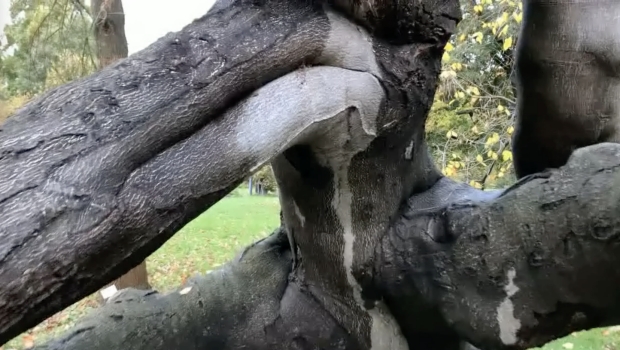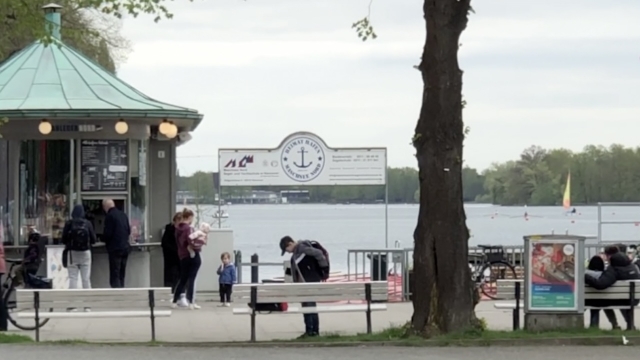Sandstorms Threaten Beijing!
Sandstorms threaten Beijing while the capital city of the People's Republic of China grows faster and steady and becomes one of the industrial key hubs in eastern Asia!
Therefore, it is obviously that the Mongolian storms do not fear it, although people wear masks to protect themselves, but may be the industrial (dust) that will grow potential threats to the environment.
The following article follows briefly the development in the capital of China and both the sandstorm threats and the affect of global warming. If you have more information about any of the topics in this article, please support it by adding your perspective on it.
I have some valuable gifts for you just for doing this through the form at the bottom of the page. Thank you so much.

Beijing is China's capital and the country's second largest city after Shanghai. The 17 million inhabitants in the vibrant city have largely abandoned bikes for cars.
Huge viaducts and multi-lane boulevards make Beijing a key hub, just as it is the hub of China's transportation and international air traffic.
Beijing is a modern, hectic city, but as one of the ancient "four great capitals" in China, it also has great historical and cultural significance.
The four feudal dynasties, Jin, Yuan, Ming and Qing, had all the capital in Beijing.
Culture's historical gems are scattered throughout the region, including the Great Wall, the Forbidden City, Temple of Heaven and Summer Palace.
On 1 October 1949, the Chairman Mao Zedong announced on Tiananmen Square that Beijing should be the capital of the People's Republic of China. Since then Beijing has grown considerably.
The Second Ring Road which was built in 1981, where the inner city wall once stood, has since been surrounded by a ring road after another. The most recently constructed is the Sixth Ring Road, which is located 15-20 kilometres from central Beijing.
The capital city of China grows continuously and steadily. However, the desert is encroaching on it. One thing that Chinese consider as very catastrophic is the howling sandstorms. The Chinese capital city is worried because the sandstorms blow in from Inner Mongolia.
The sandstorms reduce visibility to less than 50 meters and force Chinese and other foreigners in the capital city to wear masks and stay indoors to protect their lungs. In 2005, a single sandstorm forged nearly 330,000 tons of sand and dirt down over Beijing.
Together with incessant coal burning and heavier traffic, these regular sandstorms cause severe air pollution. The temperature has increased particularly in northern China in the past 50 years and it is projected to accelerate over this century.
Combined with a more unpredictable rainfall patterns this may reduce water supply in the areas around the Chinese capital city, and lead to further desertification and cover the streets in Beijing with sand one time after another.
Here is another relevant article to this page about Yangtze River.
I appreciate your comment on this page. You can also use the form below to write about Beijing or any beautiful site in China. It is good idea to leave your email address so you can receive replies to your comments from visitors like you.
PLEASE BE ASSURED, no one of the commentators will capture your email address. It is only that the system that will send you notifications about replies to your comments, as this process is automated. Thanks to SBI 2.0 for offering the Web 2.0 strong tools and making nice visitors like you comment and share throughout the Web 2.0.
I have some gifts for you too for sharing your words about any beautiful places in China and the affects of global warming on them. Thanks.
Have A Great Story About Some Beautiful Sites in the World?
Do you have a great story about any beautiful site in the world? Share it!
Search inside the Chinese capital city or any other beautiful location in China.
You can also enjoy more activities here indeed if you liked this page about the capital city of the People's Republic of China.
Please share it with your services through the buttons here, at the left column of the page and at the bottom of the page.
This could be also additional value to you, as you could experience some social networking technologies and know more. Click on "Enjoy this page? Please pay it forward" at the bottom to know how to link to the website.
I use "Solo Build It" tools at the bar below to empower this page about Beijing, the capital city of the People's Republic of China and the entire 100 Beautiful Sites in the World. Thanks to those strong website building and optimizing tools.
Home| 100 Beautiful Sites Blog| Beautiful Site Map| Beautiful Scene Newsletter| 350| Altai Mountains| Amman| Archipelago Sea| Arctic Ocean| Bayan Olgii| Bay of Plenty| Beijing| Big Sur| Boreal Forest| Borneo| Cape Floral Region| Caracas| Caribbean Sea Turtles| Chacaltaya| Chicago| Congo River Basin| Copenhagen| County Meath| Dalarna| Franz Josef Glacier| Ganges Delta| Gondar| Ilulissat| Indus River| Kakadu| Kalahari Desert| Kauai| Kilimanjaro| Komodo Island| Kordofan| Lake Chad| Lilongwe| Madagascar| Mergui Archipelago| Mississippi River| Monteverde Cloud Forest| Naukluft Park| Niger Delta| Norwegian Tundra| Okavango Delta| Olympia| Panama Canal| Paris| Perth| Quelccaya Ice Cap| Recife| Rio de la Plata| Ross Ice Shelf| Rotterdam| Rub al-Khali| Sagarmatha National Park| Saint Louis| Solomon Islands| Sulu Sulawesi Sea| Thames| Tian Shan| Timbuktu| Tokyo| Trinidad| Tuvalu| Upper Po Valley| Valdes Peninsula| Vavau| Yamal Peninsula| Yangtze River| Zahara de la Sierra|

